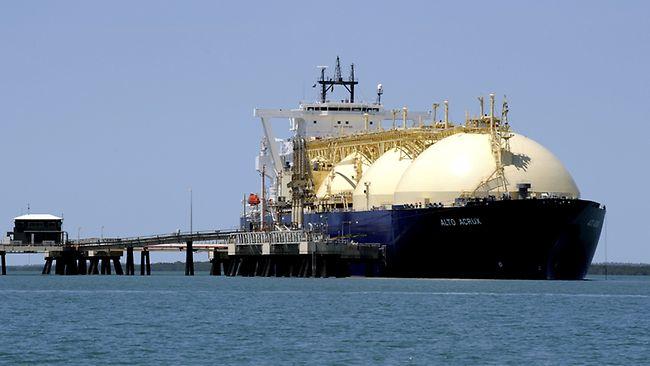
AUSTRALIAN LNG UP

Australia is significantly adding to global liquefied natural gas (LNG) supply capacity. Two new facilities started LNG exports within the last 12 months, and 5 more projects are under construction, scheduled to come online by 2018. With this growth, Australia is expected to overtake Qatar and Malaysia to become the world's largest LNG exporter, with 11.4 billion cubic feet per day (Bcf/d) of liquefaction capacity by 2019.
Australia began its massive build-up of new liquefaction capacity in the late 2000s on the back of high oil prices and growing demand in Asia Pacific countries. Four of the seven new projects (Gorgon, Prelude, Wheatstone, and Ichthys) are located off the north coast of Western Australia and three (Queensland Curtis (QCLNG), Gladstone, and Australia Pacific) are located in the eastern part in Queensland on Curtis Island. All three projects in Queensland use coalbed methane (CBM) to make LNG. The first of these projects to come online–QCLNG–began exports in December 2014, and increased its capacity in July 2015. Gladstone LNG shipped its first cargo in October 2015, while Australia Pacific is scheduled to come online within the next few months.
Next year, Australia is projected to add 3.1 Bcf/d of new liquefaction capacity, followed by another 3.5 Bcf/d in 2017 from projects in the western part of Australia. When all projects are online, Australia will have added 8.2 Bcf/d of new liquefaction capacity in 2014-17, bringing the total liquefaction capacity to 11.4 Bcf/d, or about one-third of the global LNG trade as of 2014. The United States will follow Australia with five facilities under construction having a total liquefaction capacity of around 10 Bcf/d. By the end of the decade, if all projects are built, the United States is slated to become the third-largest liquefaction capacity holder in the world, after Australia and Qatar.
Australian CBM-to-LNG projects use coalbed methane as a feedstock gas. These projects have relatively longer ramp-up rates because of the required extraction of large quantities of water to depressurize the coal seams. De-watering of fields can take 6 to 12 months before peak production can be reached. Also, because of low productivity per well and steep declines in coal seam fields, maintaining stable production requires ongoing development of thousands of new wells.
Before the start of construction of the terminals, and the fall in oil prices, the LNG export projects entered into contracts with buyers. More than 90% of new Australian liquefaction capacity is contracted to buyers in the Pacific Basin. Japan accounts for the largest share of contracted LNG from Australia, both from existing and new projects (35% and 46%, respectively). China is the second-largest customer, with contracts for 23% of the new liquefaction capacity. More than 2 Bcf/d of new liquefaction capacity will be sold into the general market, and is not contracted with specific buyers or destinations.
-----
More:
LNG MARKET: TRENDS AND OUTLOOK


